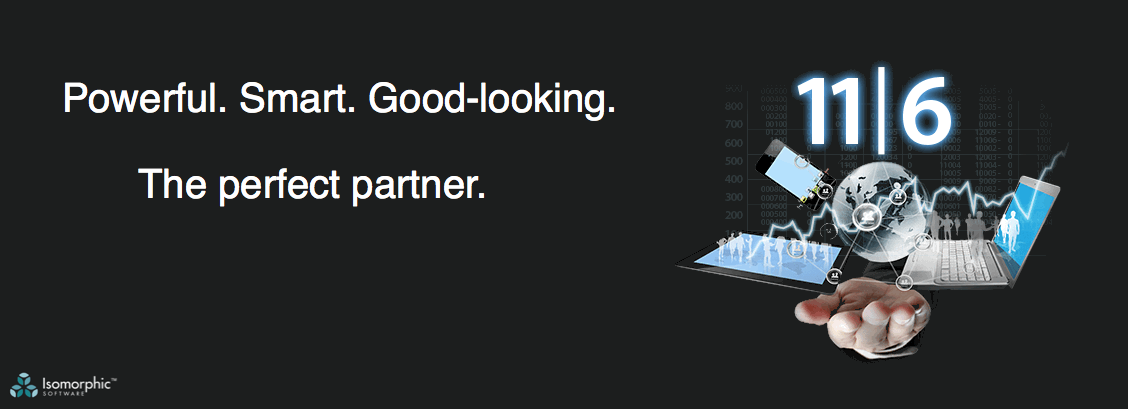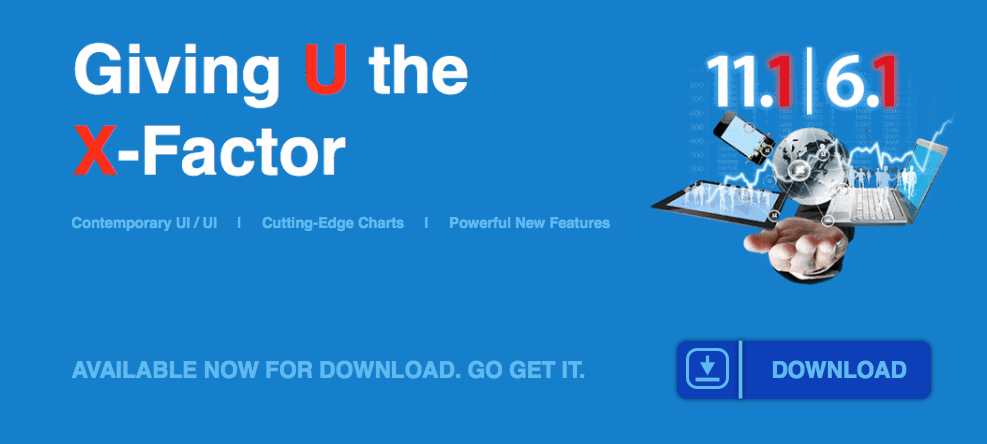Smart GWT EE 2.3 released
Go get it:
If you already have a 2.x license, you’ll get an email with download links by the end of the day. The LGPL version will be available within a few days.
Note, we skipped version 2.2 since this release differs substantially from 2.2 LGPL. If you were waiting to upgrade to 2.2, use 2.3.
In addition to new features described here, the following features have been added:
-
Google App Engine support & GAE/JPA DataSource
A runnable sample project deployable to Google App Engine, demonstrating persistence to Google App Engine datastores via the JPA API, with no server code required.
-
New Validation samples
Demonstrates using the new isUnique and hasRelatedRecords validators, as well as using validateOnExit to dynamically contact the server during data entry so that server-based validation logic can be run.
-
New Upload sample
Demonstrates SQL-based storage and display of uploaded files, with no server code required. See “Java Data Integration -> SQL -> File Upload” in the Showcase.
All of the following features are new relative to Smart GWT EE 2.1, but were already announced for SmartClient 8.0 beta a few days ago. Included here for completeness.
-
Automatic transactions for SQL & Hibernate (Requires Power Edition or Enterprise Edition)
Batches of updates, such as a multi-row drag or mass editing of grid rows, are now automatically grouped into a transaction when using either the SQL or Hibernate connectors. APIs have been added to be notified of transaction success or failure, manually initiate transactions and include or exclude specific requests.
-
True Excel (.xls) export
Goes beyond CSV (comma-separated-values) export by including hilites, and delivering dates and numbers with type information so Excel can sort and filter properly. See com.smartgwt.client.types.ExportFormat for more details.
-
Client-driven export
An alternative mode for exporting, this export preserves all client-side formatting. LGPL users note: upgrading to Pro gets you this export mode without having to rework any of your databinding code. See DataBoundComponent.exportClientData() for more details.
-
New ultralight ‘Simplicity’ skin
The new “Simplicity†skin takes advantage of early CSS3 support in modern browsers like Firefox, Safari and Chrome to deliver look and feel similar to our classic skins (rounded elements, gradients, and other touches) while remaining almost image free. Appearance degrades gracefully in Internet Explorer to a more square / solid color appearance.
-
(Preliminary) Touch & Mobile support
Support for iPhone, iPad and iPod touch devices and partial support for Android devices. No code changes required, and the full range of interactions is supported, including drag and drop and flick scrolling with momentum. SmartClient on mobile is a strong choice for long-session mobile & touch applications (like iWork for the iPad) and especially for offline mobile applications.
-
JPA DataSource
Similar to the built-in SQL and Hibernate connectors, a connector has been added for JPA-based persistence. Runnable sample project included. Does not yet have a DataSource Wizard but support is planned. Supports simple Criteria for now. Support for Advanced Criteria will be available for Power edition in the future.
-
Annotation-based configuration in Hibernate
Support for Hibernate configuration via annotations rather than explicit mapping files, and support for looking up Hibernate configuration via Spring. Supported both the DataSource Wizard and via declarations in .ds.xml files. See com.smartgwt.client.docs.HibernateIntegration for more details.
-
Deeper SQL customization
Customize the SQL used for select, insert and update for an individual field while retaining full support for automatic query generation, efficient data paging, multi-level sort and all other features of the SQLDataSource. See DataSourceField.customSelectExpression, DataSourceField.customInsertExpression, DataSourceField.customUpdateExpression, and DataSourceField.sqlStorageStrategy.
-
RESTConnector
A new built-in servlet exposes all of the operations defined in your .ds.xml files for access via REST – the same protocol as defined for the RestDataSource. This allows other client technologies and automated systems to re-use the same services you provide for your SmartClient front-end.







